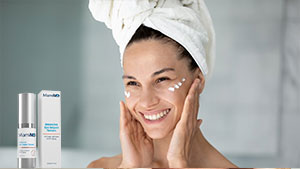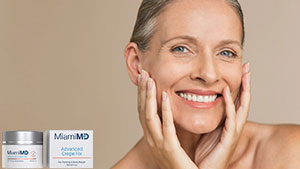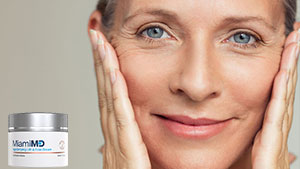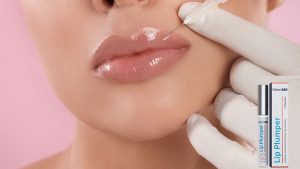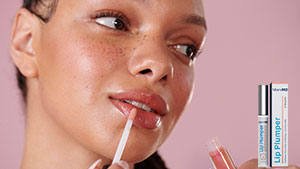Hair Regrowth Products: What To Look For
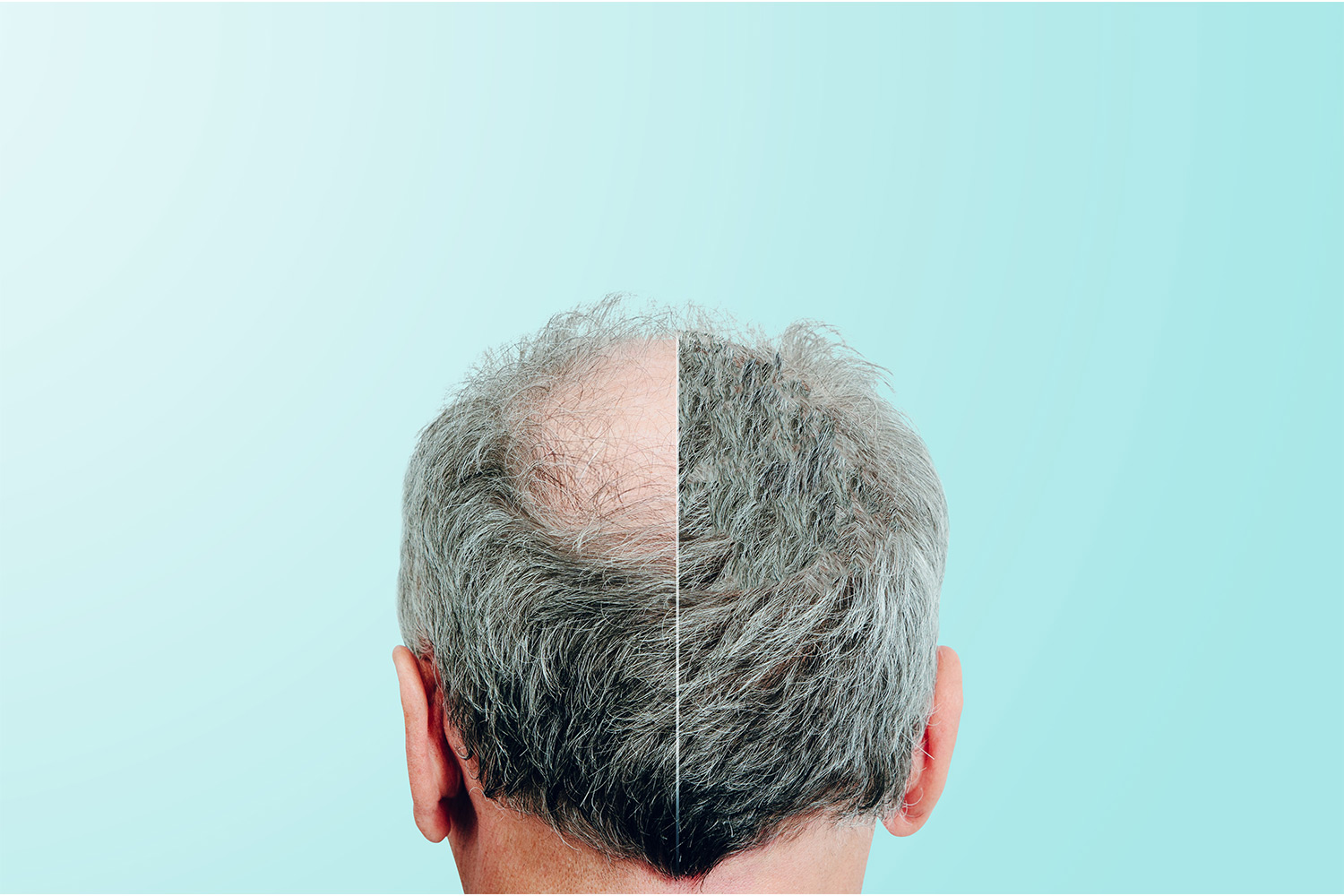
No matter what your gender, thinning hair can be a severe blow to your self-esteem. If you’ve noticed your hair starting to thin, you’re probably wondering what you can do to help reverse the process.
Getting your hair back to the full, thick, beautiful mane you used to have is possible, especially when you know how to support your hair.
Experts at Miami MD are here to ensure you have all the information you need to supplement hair regrowth products. Don’t throw money away on trial and error; stick with science-baked research you can trust.
Hair Basics
Before we look more closely at ingredients, let’s discuss a little anatomy. No matter your hair color or texture, all human hair is made out of the same thing — keratin.
Keratin is an amino-acid-based protein, the same one that makes up a large percentage of our skin, nails, and teeth. When the keratin is thick and healthy, it is strong, rigid, and not prone to breaking.
When it is thin, it is also very flexible.
Each hair originates inside the skin in a single hair follicle. It starts from the bulb of the follicle, which supports the hair, and moves up through the skin through a pore.
The visible part of the hair is known as the hair shaft, made up of a core (medulla), cortex, and cuticle.
Melanin, which gives the hair its color, can be found in both the cortex and the cuticle. The cuticle is also the part of the hair that gives it shine.
The follicle is also what determines the shape of your hair — curly, straight, wavy, etc.
It’s also important to keep in mind that losing some hair is entirely normal. Most people lose between 50 and 100 hairs per day.
What Causes Hair Loss and Thinning?
Hair loss and thinning, while it can be frustrating, are not uncommon. Some of that is simple genetics, as hair type and the amount of hair we have (and when or if we start to lose it) is often passed down from your parents.
When combined with the fact that the rate of hair regrowth begins to slow down as we age, hair loss can become quite visible at a certain point in our lives.
In addition to age, a few factors may speed up the hair thinning process or even make it happen without any genetic predisposition.
This can be simple for women, like wearing your hair up in too tight of a ponytail too frequently. A change in hormones, especially during menopause, can also play a role.
Stress can also be a significant trigger for hair loss or thinning, especially continued long-term stress. For men, it frequently presents as a receding hairline (also known as male pattern baldness) triggered by changes in testosterone, more specifically dihydrotestosterone or DHT.
Because there are so many diverse reasons your hair could be changing, you must see a medical professional if you notice any changes. They can help rule out any major medical issues before you start working on a plan for hair regrowth.
How To Support Hair Regrowth
So many discussions about thinning hair revolve around hair regrowth products. While there is benefit in seeking out professional medication when needed, there are other things that you can do alongside (or in place of) medicine to help your hair look and feel its best.
Take Care of Your Scalp
Your hair starts in the follicle, located under the skin on your scalp. No matter what you do to support your hair and encourage regrowth, you likely won’t get the results you’re seeking if you don’t include good scalp care.
The hair is strong, but it can’t push its way through a damaged scalp. If you have dandruff or other issues that impact your scalp, like psoriasis, you must get them under control.
You want to make it as easy as you can for your hair to grow and minimize the risk of damage.
Switching to dandruff or scalp care shampoo formula is easy to do today to start seeing a difference. Many also come in a foam or topical solution if you’re not ready to give up your favorite hair care products yet.
If you have an excessively itchy scalp, look for options containing soothing botanical extracts and emollients. Itching can also damage the hair, so reducing the itch helps to promote a healthy scalp.
You’ll also want to make sure you’re using one of the conditioners known to help support hair health. If you choose one that leaves behind a residue, you may be making it more difficult for your hair to thrive.
Scalp treatment that doesn’t include aftercare may undo everything you’ve worked so hard for.
Build Your Hair Up With the Right Vitamins and Minerals
You also want to make sure that your hair is as healthy as possible from the inside out. To do that, it’s crucial to focus on getting the right vitamins and minerals into your body.
Eating a healthy diet and drinking plenty of water is a great place to start, but giving yourself the extra boost with a targeted hair growth supplement or similar over-the-counter products is even better.
One of the most well-known supplement ingredients to help support a strong, healthy head of hair is biotin.
Biotin is one of the B complex vitamins, B7. It can help to stimulate the production of keratin, the essential component of our hair. It’s also nourishing and hydrating for the skin. Collagen is also commonly used for hair and skin health.
Other nutrients can be helpful, as well. Vitamin C, for example, can help fight off the damage done by the sun. While there is no such thing as a specific “hair vitamin,” the right combination enables you to take care of your hair naturally.
In addition to your supplement, you should also focus on your overall nutrition.
Whether you eat a vegan diet, are keto, or don’t have any food restrictions, it can be easy to miss out on some of the most essential nutrients. Even the best products can’t make up for a poor diet, and healthy hair growth requires a well-rounded approach. It’s not as easy as just taking a magic pill.
Try Microneedling
Although it may sound unusual, the same microneedling procedure that can help your skin look more radiant and youthful can also lend its benefits to your hair. In fact, not only is it recommended by many dermatologists, but also backed by scientific research.
If you haven’t heard of microneedling before, the first thing to know is that it isn’t a type of surgery that requires you to go under anesthesia. While a trained and licensed third party performs it, microneedling simply has a tool consisting of tiny needles applied to your scalp.
Often, there is also a serum or platelet-rich plasma (PRP) component to help boost results.
In Summary
If you want stronger hair, you need to know how to support it. New hair growth doesn’t happen overnight, and awareness of what you can do in addition to hair regrowth products can be priceless.
Miami MD has the best hair growth products that support not just your skin but your hair as well. Your strands will thank you.
Sources:
Causes of hair loss | AAD (aad.org)
Hair loss: Diagnosis and treatment AAD (aad.org)
Microneedling for the treatment of hair loss? | PubMed (nih.gov)
